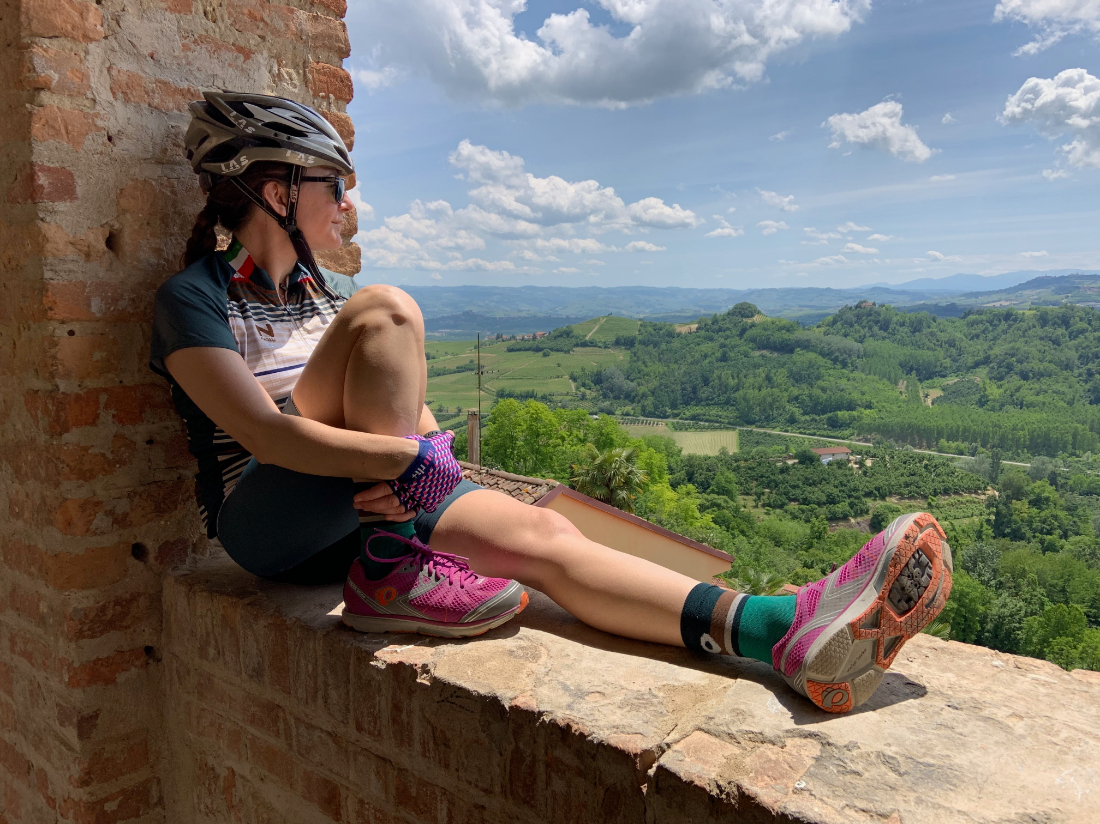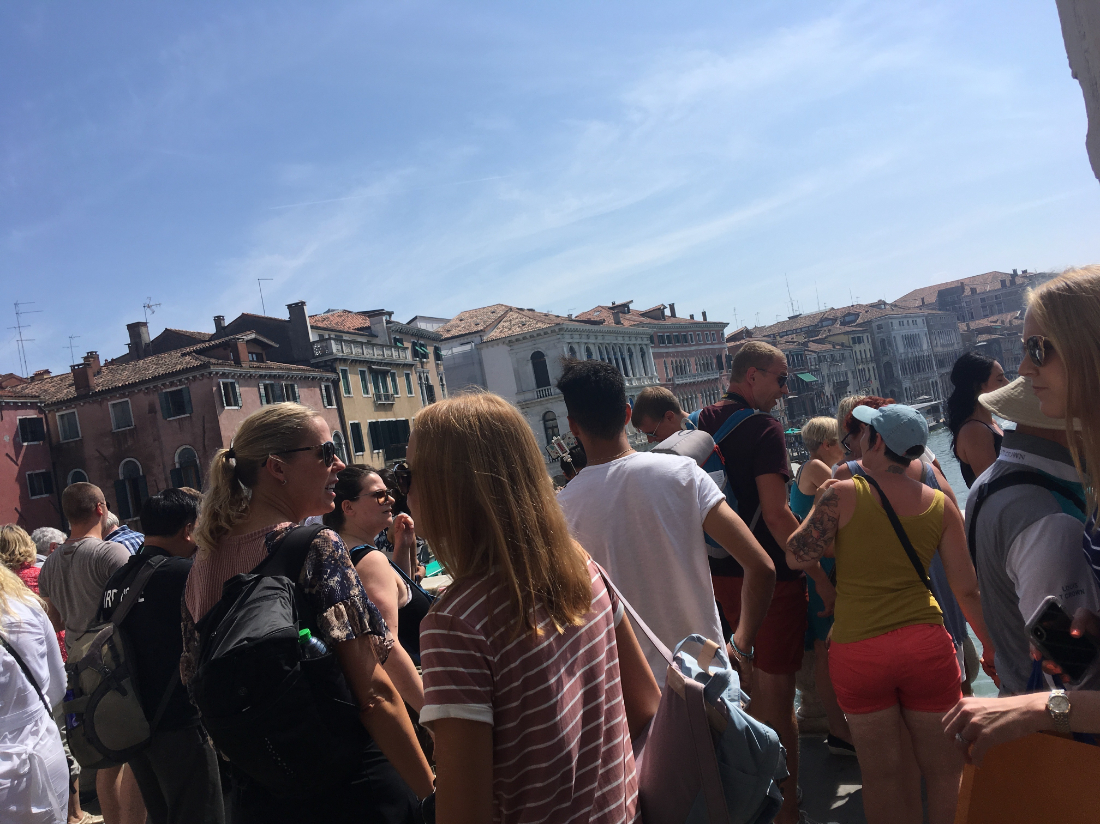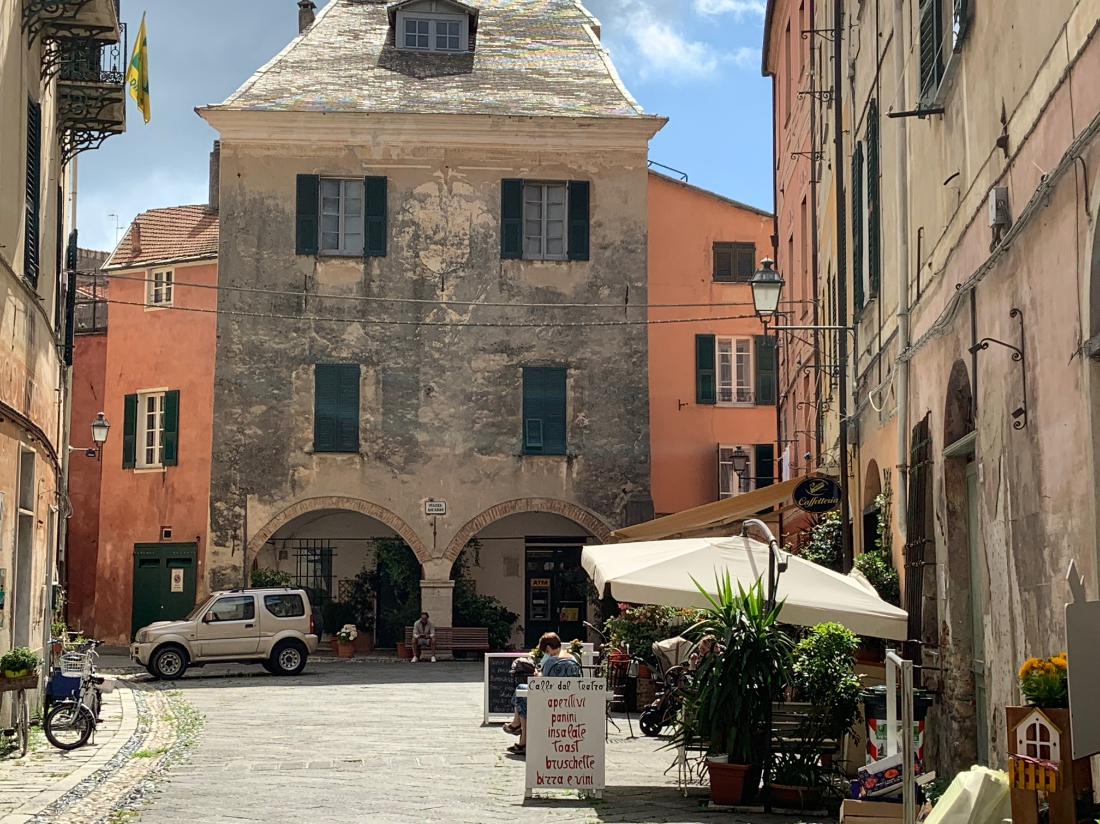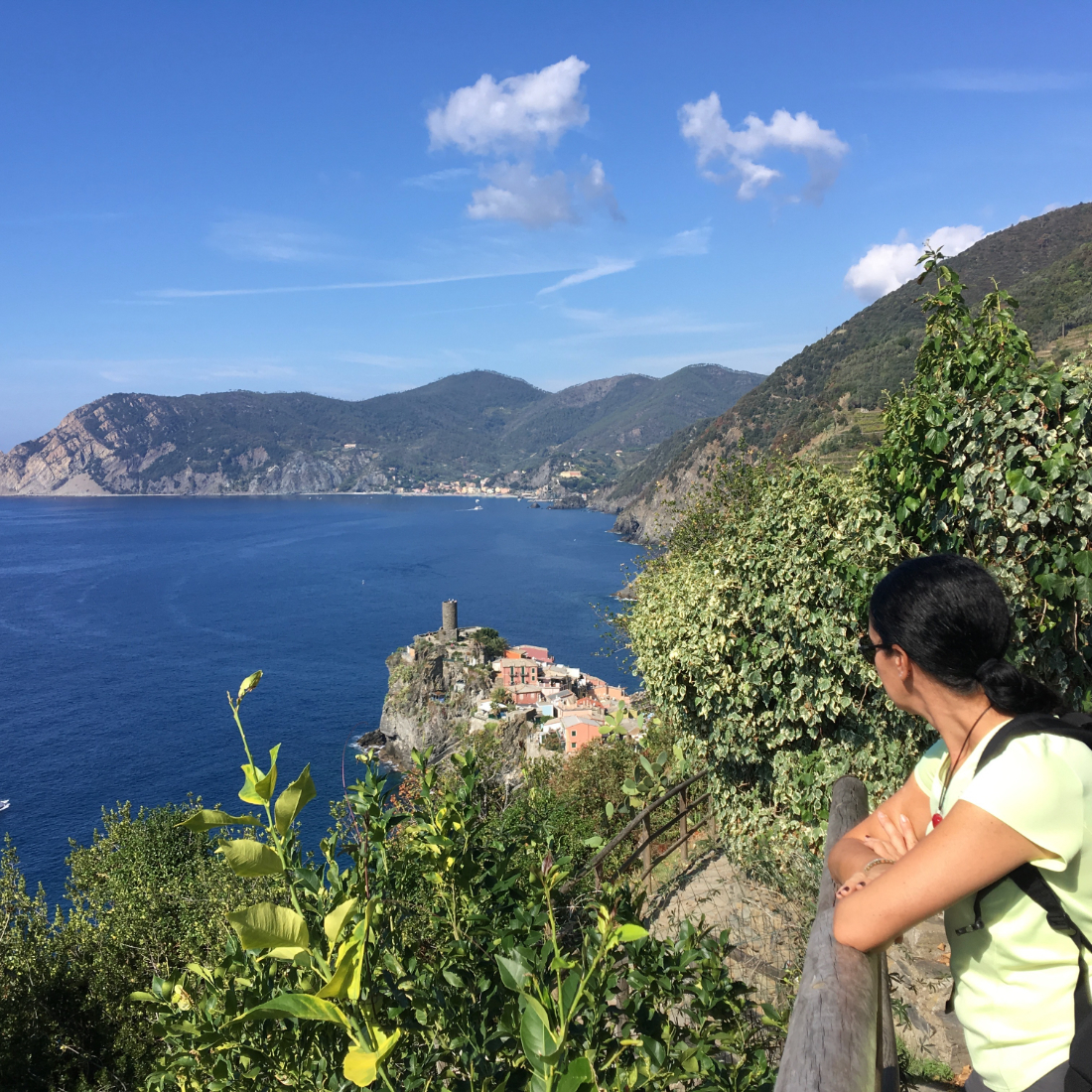During this pandemic-induced pause in international travel, many people (travelers and travel companies alike) are thinking about the future of travel.
We are considering how we travel and what that means for ourselves, for the destinations we visit, and for the people who live there. There is a lot of talk about “slow travel,” “regenerative travel,” and “meaningful travel.” We are looking for ways to lessen our negative impact and to have more meaningful experiences.
One way travelers can do this is by visiting a popular destination during the off-season or the shoulder season. Any negatives (weather, fewer dining options, etc.) are far outweighed by other benefits that you’ll enjoy when you travel to a place during a time when many other visitors aren’t there.
A few examples from a country I know well: Italy
Italy is a dream destination for many. In fact, it was recently named Travel + Leisure’s 2021 Destination of the Year!
So as the owner of Tourissimo, a travel company that specializes in cycling and hiking tours in Italy, it is an easy sell. In many ways, though, Italy is a victim of its own success and many popular sites become overrun with tourists during the busy summer months. At Tourissimo, we try not to contribute to that.

We always suggest visiting lesser-known areas of the country and also traveling outside of summer. The latter is not always possible, given work and vacation schedules, but for those with flexibility and an open mind, it is best.
Aside from cooler temperatures and a higher chance of rain, traveling during Italy’s shoulder seasons (spring and fall), or even during the off-season (winter) has many advantages for both travelers and locals. And the weather usually isn’t that bad.
Wanderful members only: Watch the recording of Heather’s event

Visiting Venice in Winter?
I have the good luck of having fallen in love with an Italian, and now I get to spend half of the year in Italy. And since we started our travel company in 2015, I’ve been able to travel extensively from north to south, experiencing iconic destinations, as well as quaint, unknown villages. I’ve also been able to experience traveling in Italy during all four seasons.
I remember joking with my husband a few years ago that we MUST go to Venice. He had an immediate, negative, and visceral reaction, and said he would only go in the winter. It’s cold during the winter and the entire city is prone to dramatic flooding, but that is his preferred time to visit.
I was skeptical, but after my first experience in Venice during the month of June a few years ago to meet clients, I now agree.
I knew there would be crowds, but nothing could have prepared me for the mass of people I encountered. There were lines everywhere and it was difficult to walk without getting pushed.

Everyone was vying for the perfect spot for a selfie. All of the restaurants were packed, prices were high, and waiters and merchants seemed annoyed by my presence.
There were no Italians in any of these places.
The dreamy backdrop of Venice was obscured by multiple cruise ships surrounding the city. People left their garbage everywhere. This wasn’t the Italy I was used to.
The Truth About Summer in Italy
Summer (especially July, and definitely August) in Italy is when life in the big cities shuts down and millions of Italians head to the mountains and the coast. Many local shops close for weeks or even a full month.
At the same time, the cities fill with tourists and many of the shops and restaurants that remain open cater to them and not to locals.
What this means is that, while you find many options for places to eat, prices will be higher and much of the authenticity and charm will be lost.
You’ll be standing in long lines in the hot sun. Italians who you do meet will be overworked and wishing they were at the beach.

Climate Change is Affecting Our Seasons
Like so many destinations across the globe, Italy is experiencing the effects of climate change. In the last few years, large swaths of Europe have experienced repeated, dangerous heat waves during the summer that make travel there, especially to the major cities, unbearable on some days.
Many areas are also experiencing warmer weather longer into the season. This is affecting many industries in Italy, especially wine and other agriculture.
But it also means that more pleasant weather can be experienced in the spring and fall than in the summer.
Visiting the Popular Cinque Terre
I visited the Cinque Terre (Italian for “five villages”) for the first time during the month of December when we were designing a hiking itinerary.
I expected it to be cold, but the weather ended up being mild. I put on a few extra layers, we lucked out with no rain, and I worked up quite a sweat (hiking in the Cinque Terre is actually much more demanding than most people realize; be sure to train and to wear appropriate footwear).
The best part was that we had the trails almost to ourselves and the views were still spectacular.

The area of the Cinque Terre is now a national park and, during the busier months, the number of people allowed on the trails is limited.
Despite that, there are still long lines and quite a bit of backup on the most popular routes (people taking pictures, or going very slowly because they were unprepared for the difficulty).
It is also very hot during the summer and the very small beaches in the villages are quickly filled.
The Benefits of Off-Season Travel
A robust travel industry can bring jobs, foster cultural understanding, and raise money and awareness for conservation issues. But, left unchecked, over-tourism can take away those gains.
We can all play a part to make travel more sustainable and enjoyable. And one of those ways is by traveling outside of the busy season, whenever that is for the destination you want to visit.
Benefits for the Traveler
As I described in my examples above, traveling to popular destinations in Italy outside of the summer months means smaller crowds, more interactions with locals who are happy to see you, and better prices.
In many locations, the majority of hotels and restaurants stay open year-round. Some areas (especially along the coast) will have fewer hotels and restaurants open in the cooler months, but with some planning (or advice from a good travel company) you can be prepared.
Benefits for the Destination and Local Community
A steady, but manageable, flow of travelers throughout the year (instead of only during certain times) brings a stable source of income for a longer period of time. This provides job security and doesn’t overwhelm delicate ecosystems and small-town infrastructure.
In addition to being better for the economy, even those not involved in tourism will benefit from more dispersed tourism. In Italy, locals usually get out of town when the large groups of tourists arrive in summer. Those who stay sometimes resent the tourists’ presence and make it known.
A smaller number of tourists over a longer period of time is more manageable and their presence will not disrupt the lives of ordinary people. Tourists will be more likely to have an authentic experience and locals will welcome them.
I am an avid traveler and believe in all the ways travel can be used for good. Travelers bring their curiosity and enthusiasm, along with their money, to destinations around the world. They leave with a greater understanding of humanity.
There are dangers that come with over-tourism but, by being mindful of when and how we travel, we can all contribute to a more sustainable model that benefits everyone involved.
Feature image by Chait Goli from Pexels



